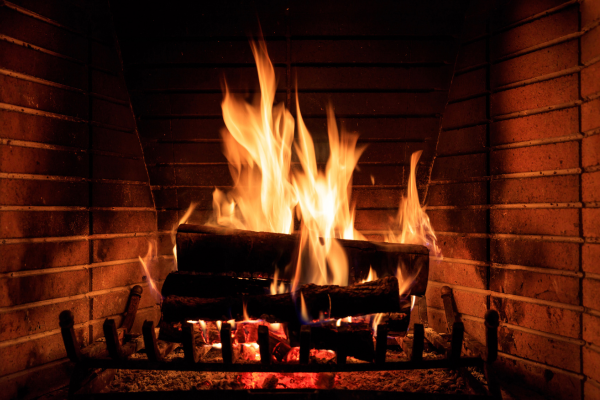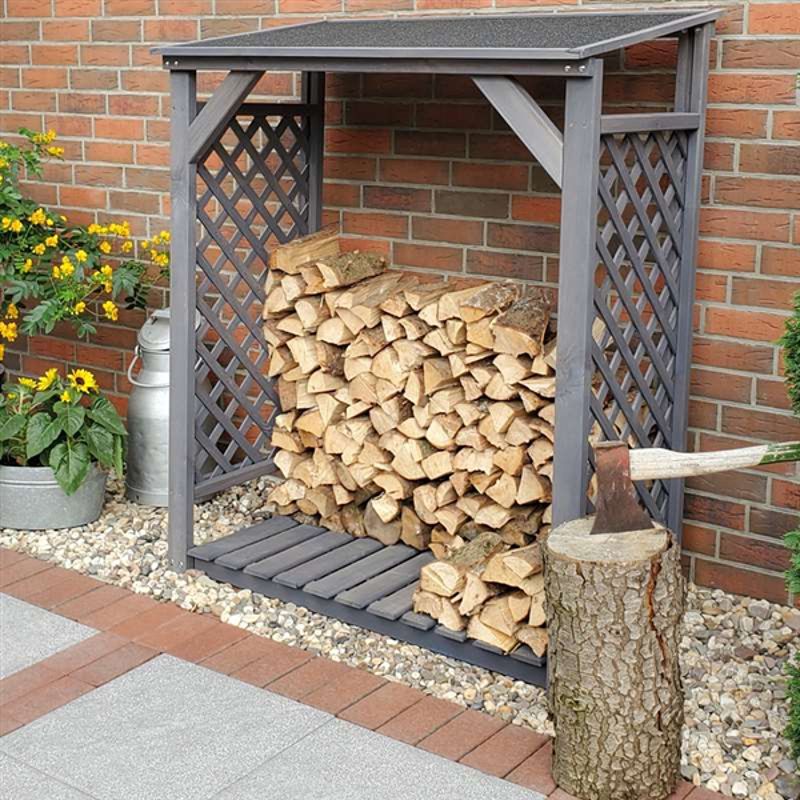When it comes to enjoying a cosy evening by the fire, safety should always be your top priority. Whether you’re using kiln dried firewood or considering various firewood burning tips, our guide will help ensure your fireplace is safe and efficient.
Here are the top 10 indoor fireplace safety tips to keep your home warm and hazard-free.
1. Use Kiln Dried Firewood
Benefits of Kiln Dried Firewood
Kiln dried firewood is a preferred choice for indoor fireplaces due to its low moisture content. This type of firewood burns cleaner and is more energy-efficient compared to other types of wood.
How to Identify Kiln Dried Firewood
Look for wood that is light in weight, has cracks at the ends, and makes a distinct sound when knocked together. Properly dried firewood will have a moisture content below 20%. Check out our bundle packages here for top-quality Kiln Dried Firewood.
2. Regular Chimney Inspections
Importance of Chimney Inspections
Schedule annual chimney inspections to check for blockages, chemical buildup, or structural damage. A clean and well-maintained chimney ensures efficient smoke evacuation and reduces the risk of chimney fires.
DIY vs. Professional Inspections
While you can do a basic inspection yourself, hiring a professional ensures a thorough check. Professionals have the tools and expertise to spot and fix issues you might miss.

3. Install Carbon Monoxide and Smoke Detectors
Placement of Detectors
Install smoke and carbon monoxide detectors on every level of your home and especially near sleeping areas. Test the detectors monthly and replace batteries at least once a year.
Importance of Detectors
These detectors are crucial for alerting you to the presence of dangerous fumes and smoke, giving you and your family enough time to evacuate safely.
4. Maintain Proper Ventilation
Ensuring Adequate Airflow
Make sure your fireplace is adequately ventilated. Open a window slightly to allow fresh air in, which helps the fire burn efficiently and reduces the risk of carbon monoxide buildup.
Signs of Poor Ventilation
Look out for smoke spillage into the room, which indicates poor ventilation. This can be caused by blocked flues or insufficient air supply.
5. Use a Fireplace Screen
Benefits of a Fireplace Screen
A sturdy fireplace screen prevents sparks and embers from escaping into the room, reducing the risk of accidental fires.
Types of Fireplace Screens
Choose from a variety of screens such as mesh, glass, or metal. Ensure the screen fits securely and covers the entire fireplace opening.

6. Firewood Storage Tips
Proper Firewood Storage
Store firewood at least 20 feet away from your home and off the ground to prevent pests and moisture from damaging the wood. Use a firewood rack for optimal storage. Check out our firewood storage options here.
Indoor Firewood Storage
Keep a small amount of firewood indoors to minimise trips outside. However, avoid storing large quantities indoors to reduce the risk of insect infestations.
7. Use The Right Firewood Tools & Accessories
Use A Good Firewood Tool Set
A good firewood tool set will include a tool stand, a broom, a poker, a shovel and tongs—all of which assist in safely moving burning wood and maintaining a tidy fireplace.
Invest In A Moisture Metre
Investing in a moisture metre for fire safety helps you monitor and manage the moisture levels in your building materials, reducing the risk of fires. Proper moisture control prevents the development of conditions that can lead to fires, ensuring a safer environment.
8. Clean the Fireplace Regularly
Removing Ash and Debris
Clean out ash and debris from the fireplace after each use. Excess ash can hinder airflow, making it harder to maintain a steady fire.
Deep Cleaning
Schedule deep cleaning a few times a year, focusing on removing soot from the firebox and chimney.
9. Use the Right Wood Burning Tips
Choosing the Right Wood
Use hardwoods like oak, maple, and birch, which burn longer and hotter than softwoods. Avoid burning treated or painted wood as they release toxic fumes.
Building a Safe Fire
Start with small kindling and gradually add larger pieces of firewood. Avoid overloading the fireplace to prevent excessive heat and smoke.
10. Never Leave a Fire Unattended
Supervise the Fire
Always keep an eye on the fire when it's burning. If you need to leave the room, make sure the fire is completely out before doing so.
Extinguishing the Fire
Let the fire die down naturally. Spread out the remaining embers and cover them with ash to ensure they are fully extinguished.
11. Educate Your Family
Fire Safety Training
Teach your family, especially children, about fireplace safety. Make sure everyone knows how to operate the fireplace, use fire extinguishers, and follow emergency procedures.
By following these top indoor fireplace safety tips, you can enjoy the warmth and ambiance of your fireplace while keeping your home and everybody safe.
Remember, safety starts with using Kiln Dried Firewood. and following essential wood burning tips to ensure a safe and efficient fire every time.

